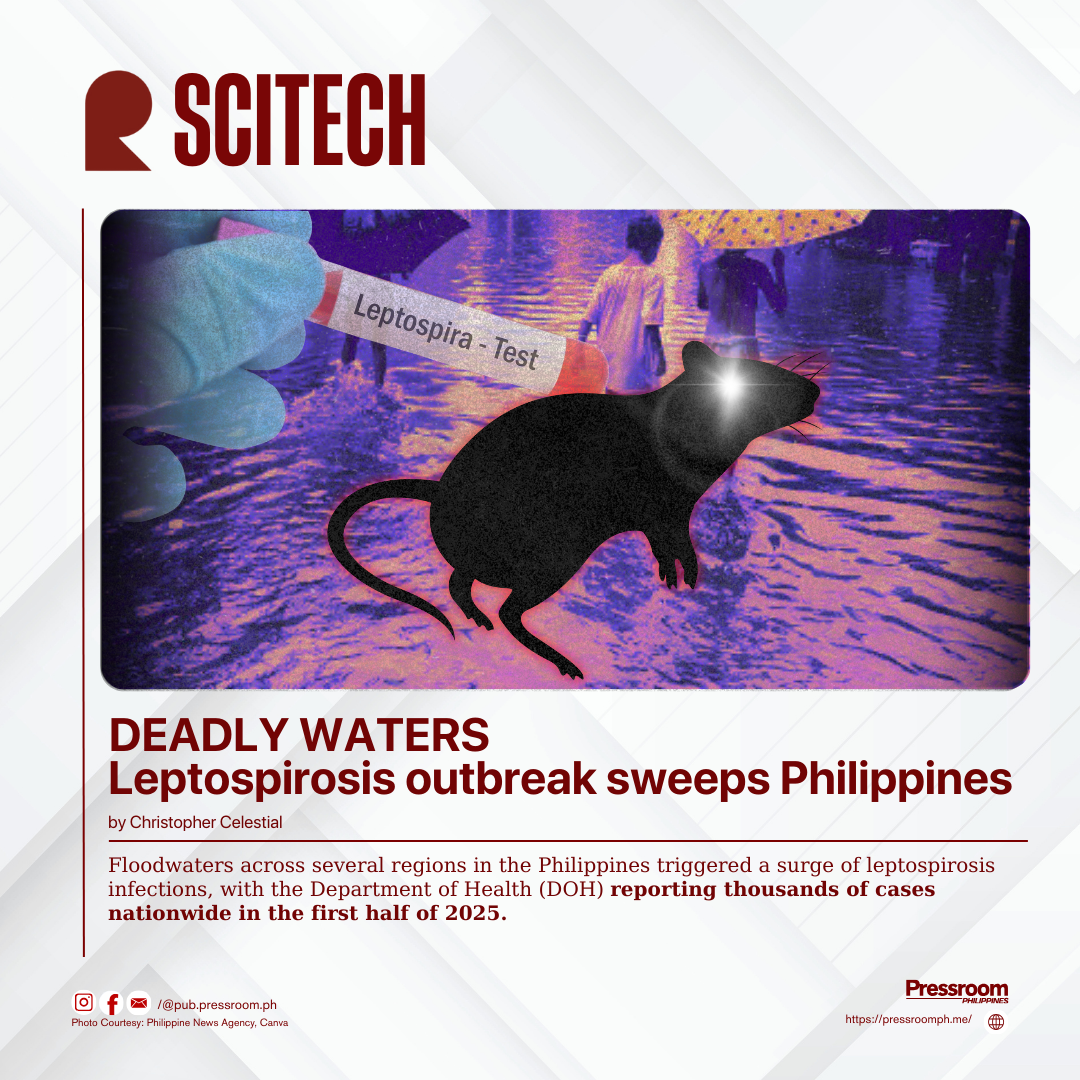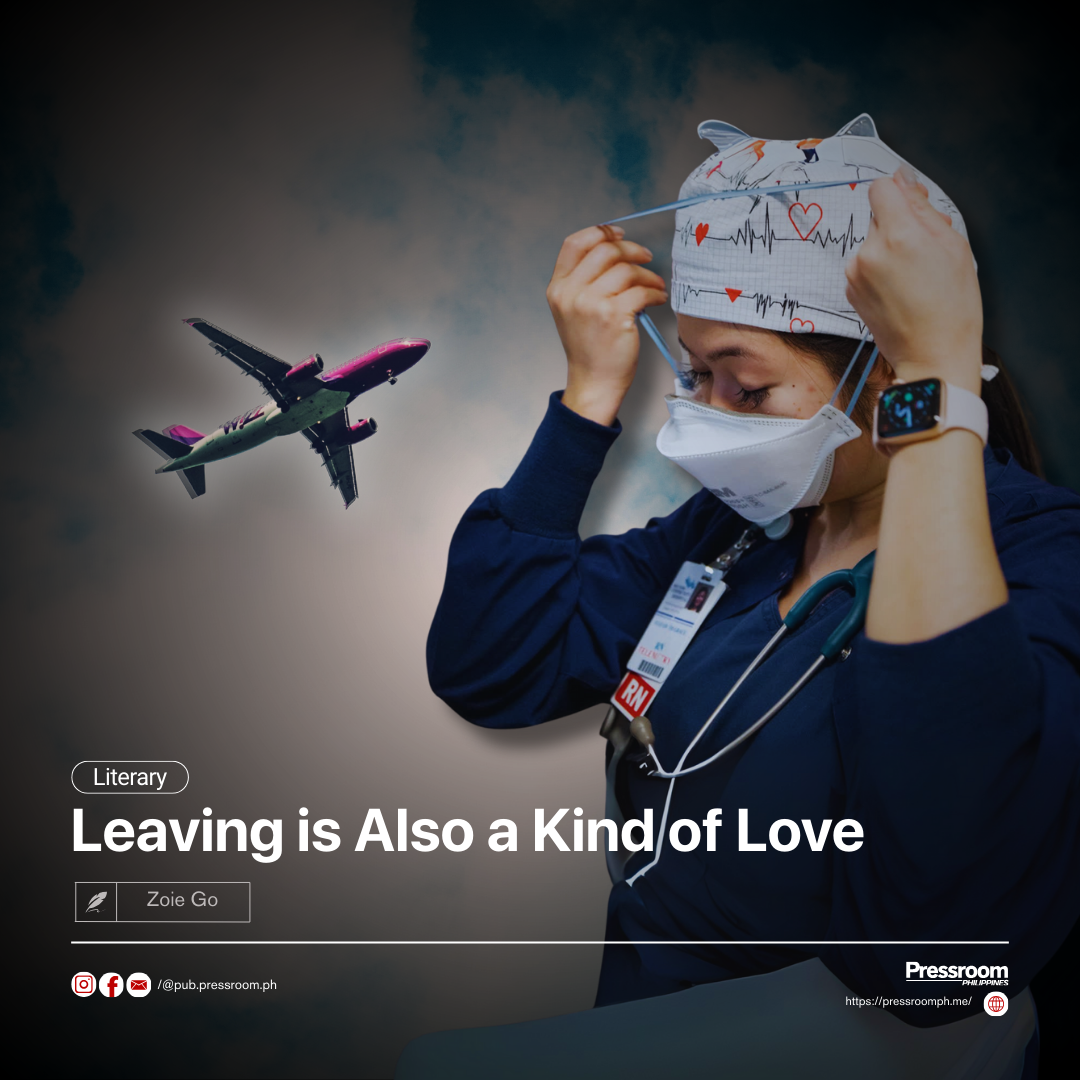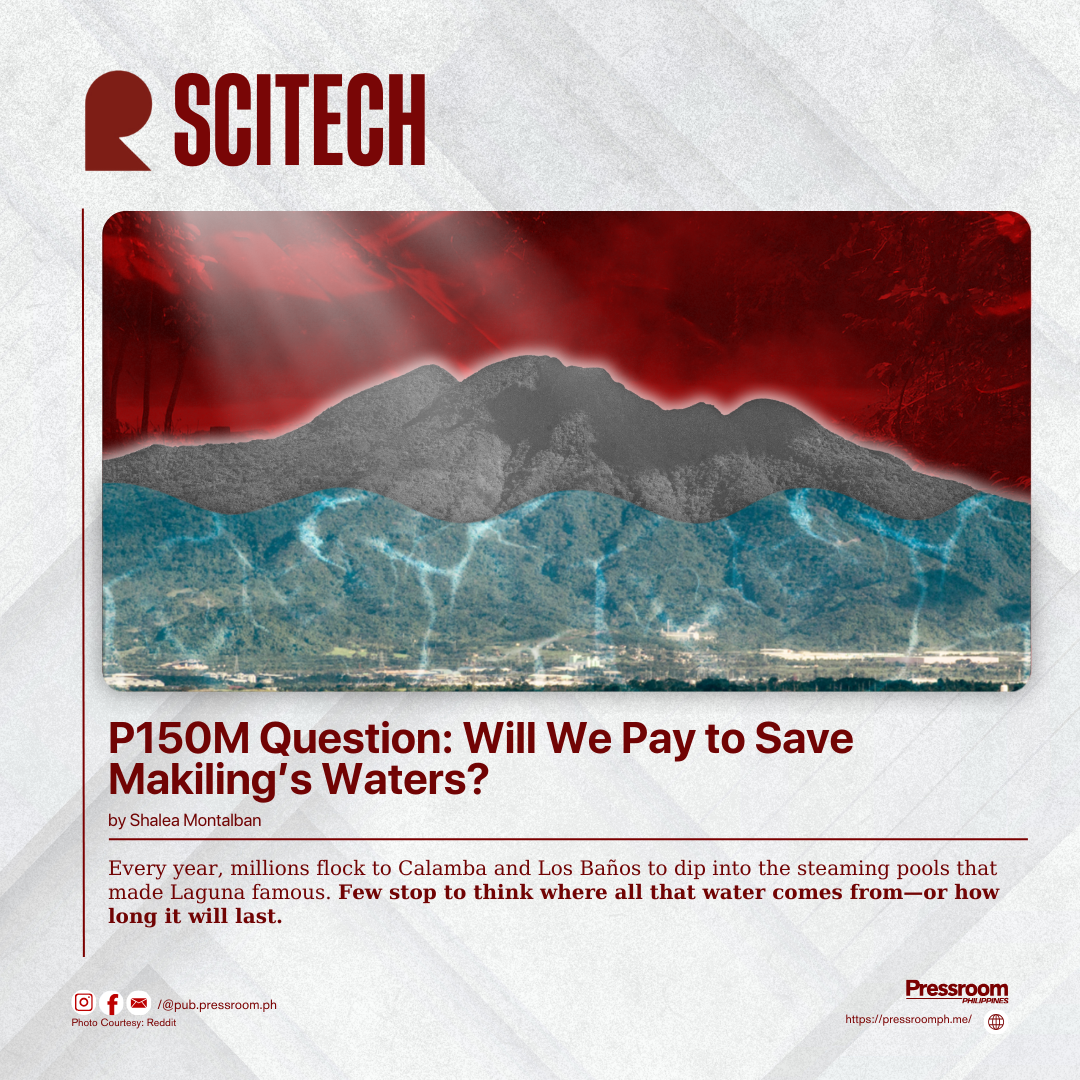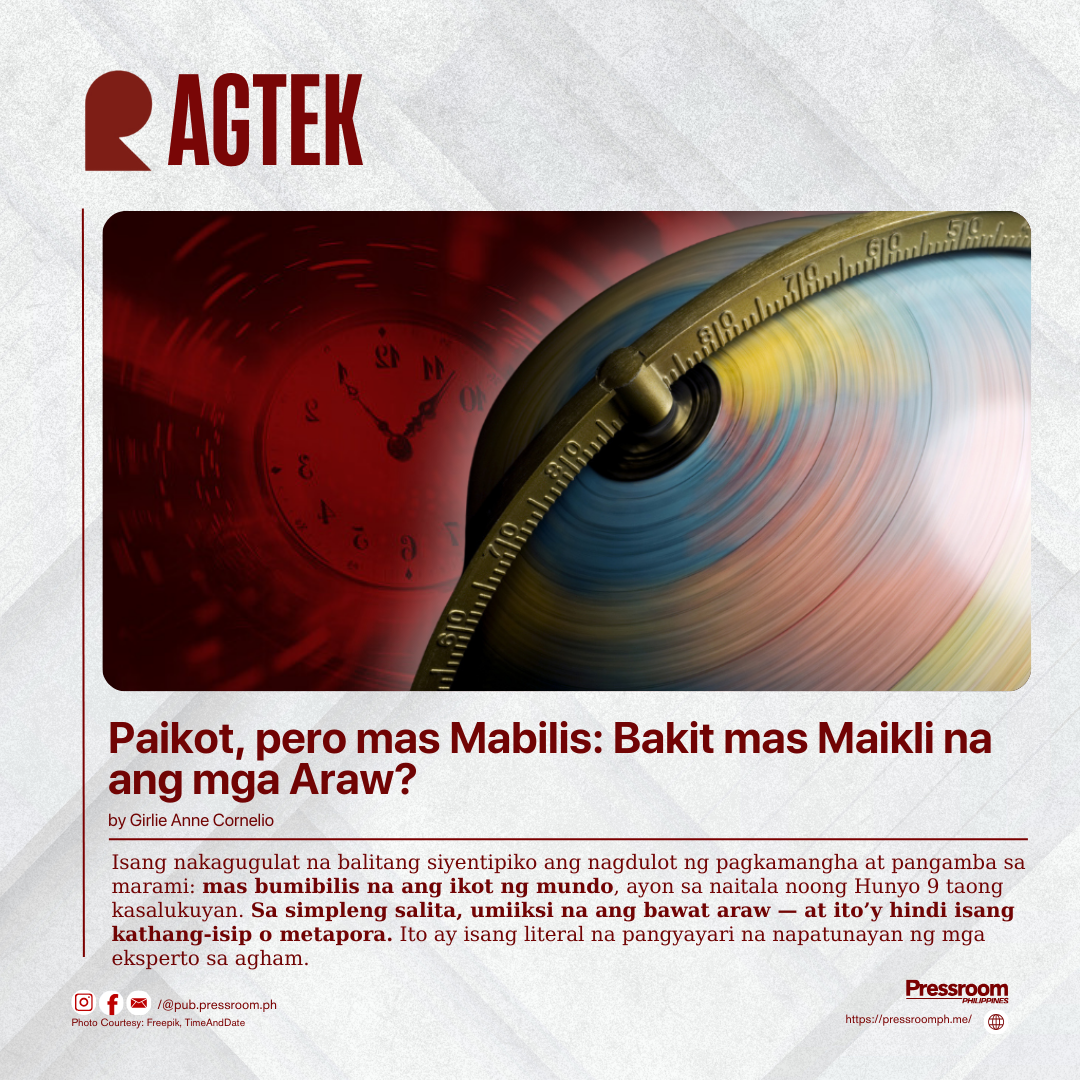Floodwaters across several regions in the Philippines triggered a surge of leptospirosis infections, with the Department of Health (DOH) reporting thousands of cases nationwide in the first half of 2025.
Leptospirosis is a bacterial infection caused by Leptospira interrogans. This usually spreads through water contaminated by the urine of infected animals, particularly rats. People exposed to floods or wading in stagnant water face the highest risk of contracting the disease.
Health authorities confirmed that cases typically peak during the rainy season, when overflowing rivers and poor drainage systems increase exposure to contaminated waters. The DOH noted a significant increase in cases this year compared to the same period in 2024.
The Dangers
Infected individuals often experience sudden fever, chills, and intense muscle pain, especially in the calf and lower back. DOH surveillance reports show that patients who ignored these early signs were more likely to require hospitalization.
Other warning symptoms include redness of the eyes, abdominal pain, and vomiting, which are often mistaken for flu or dengue. The World Health Organization (WHO) emphasized that misdiagnosis remains a global challenge in controlling the disease.
Severe cases may lead to jaundice, meningitis, or kidney failure. The WHO estimates that untreated leptospirosis carries a fatality rate ranging from 5% to 15%, depending on access to timely medical care.
Finding a Cure
Doctors prescribe antibiotics such as doxycycline, penicillin G, ampicillin, or ceftriaxone to treat leptospirosis, especially when started early in the illness. DOH guidance emphasizes completing the full course to prevent complications.
Severe disease may require hospital care for organ support. NKTI and tertiary hospitals report seasonal surges of leptospirosis cases with acute kidney injury during monsoon months, with some patients needing dialysis.
Early initiation of appropriate antibiotics improves survival and reduces complications, consistent with WHO and infectious-disease guidelines.
Precaution To Stop Infection
Avoiding contact with floodwaters remains the strongest defense. DOH advises wearing boots and protective clothing, keeping wounds covered, and seeking medical care if symptoms appear after flood exposure.
Community actions that reduce risk include improved drainage, proper waste management, household sanitation, and sustained rodent control, which limit environmental contamination by Leptospira.
Risk communication saves lives. DOH and local government units conduct barangay information drives each rainy season to teach early symptom recognition, discourage self-medication, and promote prompt consultation.
Leptospirosis remains a seasonal public-health threat in the Philippines as heavier rains and floods heighten exposure to contaminated waters. Consistent DOH reporting, aligned with WHO guidance, underscores the life-saving impact of early treatment and community-level prevention.






